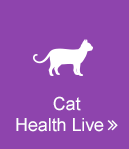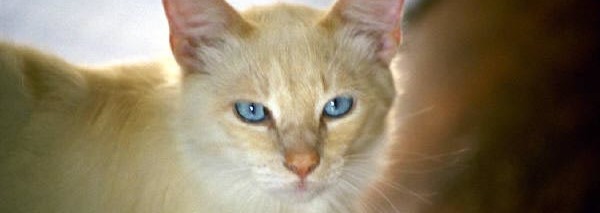Anal Gland Disorders in Cats
A common problem many cat parents face is issues with anal glands. Wild cats evolved two small glands on either side of their anus to mark their territory. Every time an animal defecates, a very small amount of a foul-smelling liquid is excreted to alert other animals that this territory is claimed. Unfortunately for our pet cats, selective breeding and processed diets have caused many pets’ anal glands to become unbalanced. If a pet does not get enough fiber in their diet the anal glands fill up with that secretion, which is very uncomfortable. Many pet parents have observed the bizarre “scooting” behavior where cats drag their rear end on the floor because their anal glands are full and irritated. Severe cases can lead to impaction and require surgery. Vets can manually express the glands, but that is unpleasant for the animal, the vet and can be expensive when it needs to be done on a regular basis. Bulking up a pet’s stool with fiber puts soft pressure on the anal glands, expressing them naturally every time the pet poops. Canned pumpkin is a great source of fiber and many pet parents have had excellent results adding a few scoops of it to their cats’ food to provide enough fiber to help keep the anal glands healthy.
Studies
Anal sac gland carcinoma in 64 cats in the United Kingdom (1995 – 2007).
Discharge patterns of pudendal efferent fibres innervating the external anal sphincter of the cat.


